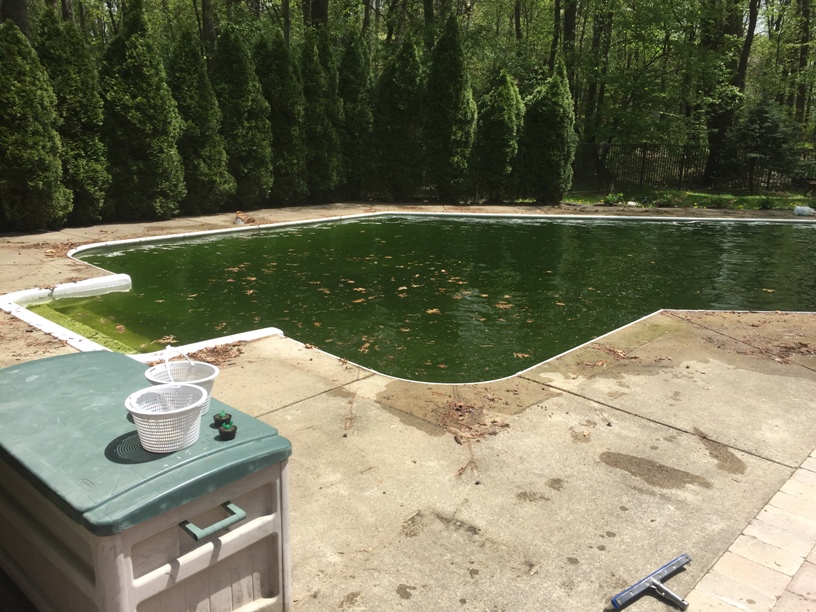
How to treat different types of algae
How to treat different types of algae
Swimming pool algae is a common problem plaguing pool owners everywhere. Aside from deterring people from wanting to swim, algae can cause problems in swimming pools. The cloudy water caused by algae can make safety an issue. While algae itself is not harmful to swimmers, pools with algae can harbor other pathogens like E-coli bacteria. Algae clogs sanitation pathways in water, and also clogs the pores in filters. This decreases filter effectiveness and requires a filter to be backwashed more often or a sand, DE, or cartridge replacement. Algae also consumes chlorine, creating a vicious cycle–chlorine is necessary to remove algae and other contaminants from pool water, but algae in the pool consumes chlorine, making it easier for algae to spread.
There are more than 20,000 known varieties of algae! But, instead of trying to keep them all straight, the pool industry refers to different types of algae based on their color. Green algae is the most common variety and, thankfully, the easiest to remedy. Green algae typically forms as a result of poor filtration or sanitation. If the chlorine levels in a swimming pool drop for some reason, it can give green algae a chance to form. Green algae can be found either free floating (causing green, cloudy water) or clinging to walls. Some varieties can even appear as sheets, covering large sections of the pool in green slime. Make sure you treat green algae quickly–it can spread very quickly. Brushing the surfaces of your pool will remove it, but it won’t destroy it. To get rid of green algae, you’ll need to superchlorinate your pool with a shock treatment. This will sanitize the water and kill the algae. It’s a good idea to brush down your pool first, focusing on often forgotten areas like corners, steps, and light niches, and then shock the pool.
Yellow or brown algae, also called mustard algae, doesn’t spread as quickly as green algae, but it’s harder to get rid of. It clings to pool walls and is usually found in shady areas of the pool. Yellow algae can bloom even in the presence of proper filtration and sanitation. Brushing won’t remove this type of algae, but it will remove the top layer of slime, exposing the algae underneath. This type of algae is resistant to normal levels of chlorine, so you’ll need to be firm to destroy it. Shock it like you mean it!
Black algae is the most troublesome type of algae. Like yellow algae, it can grow even in ideal pool conditions. It can be very difficult to completely destroy, due to its strong roots and protective layers. Black algae typically appears as dark black or blue/green spots, typically the size of a pencil eraser. Black algae has strong roots that reach into plaster, tile, or grout and, unless the roots are destroyed completely, more algae will continue to form. Much like a garden weed, you have to work hard to get to the root of this algae in order to get rid of it for good. Unlike green and yellow algae, which have relatively easy to remove layers of slime to protect them, black algae has protective layers, like a shell, to keep damaging chemicals out. If you notice black algae in your pool, act quickly. If you have a gunite pool, use a stainless steel brush to crack the algae’s shell. If you have a vinyl or fiberglass pool, DON’T use a stainless steel brush! You can damage your liner or scratch your fiberglass–and scratched fiberglass can actually allow algae to dig deeper into your pool and make it almost impossible to get rid of. To tackle black algae, you’ll want to use a heavy duty algaecide formulated for black algae. This is easier and safer than super-super-chlorinating your pool on your own.
Pink algae is not actually algae, but fungus. It’s often found around the water line of the pool, and it can be easily removed with brushing and regular maintenance.
With all algae, the key is to treat it early and appropriately. Don’t give it any more time to spread or grow than is absolutely necessary. But, with proper care and treatment, any type of algae can be removed.
